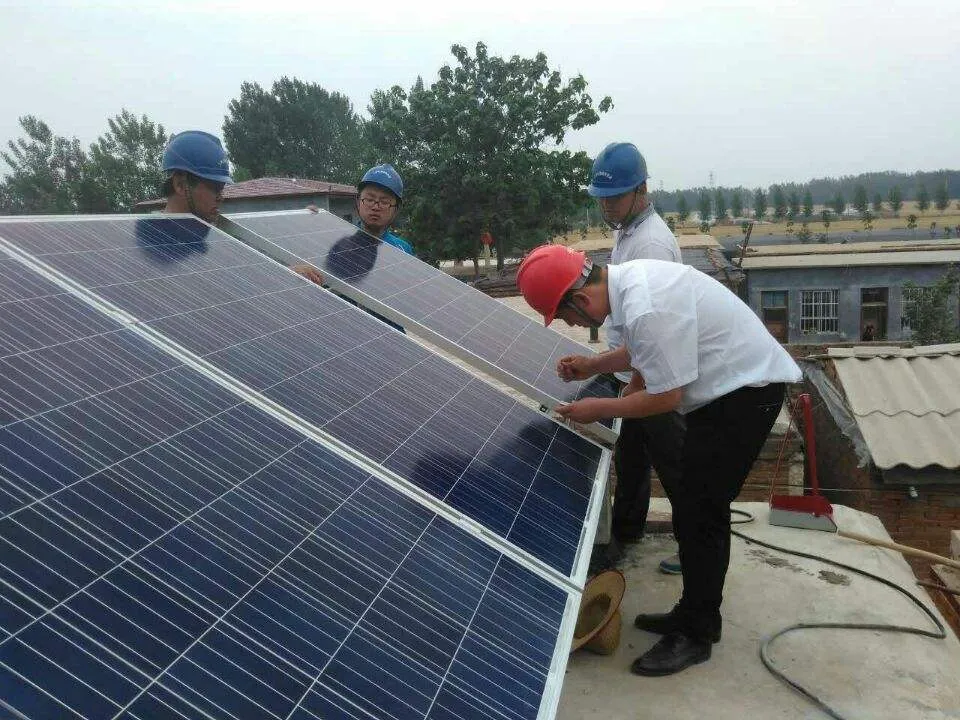Cost of a Single Solar Panel and Its Benefits for Homeowners
The Price of 1 Solar Panel An In-Depth Analysis
The increasing demand for renewable energy sources has led to a significant rise in the popularity of solar panels. Among the various factors that potential buyers need to consider when investing in solar energy systems, the price of a single solar panel stands out as a critical element. This article delves into the factors influencing the cost of solar panels, the price trends observed in recent years, and how individual consumers can navigate this evolving market landscape.
Understanding Solar Panel Pricing
The price of a solar panel can vary widely based on numerous factors, including the type of technology used, brand reputation, and market conditions. Typically, the cost of solar panels is measured in terms of price per watt. As of late 2023, prices for solar panels generally range from $0.50 to $1.00 per watt, depending on the quality and efficiency of the panel. For instance, a standard 300-watt solar panel might cost between $150 and $300.
Factors Influencing the Cost of Solar Panels
1. Technology and Efficiency Solar panels come in various types, including monocrystalline, polycrystalline, and thin-film panels. Monocrystalline panels, known for their high efficiency and sleek appearance, tend to be more expensive than their polycrystalline counterparts. The efficiency of a solar panel significantly influences its price because higher efficiency means more power output in a smaller space.
2. Brand and Quality Established brands often charge a premium for their products due to their proven track record in reliability and performance. While less-known brands may offer cheaper alternatives, the risk of lower quality and shorter lifespan can result in higher long-term costs.
3. Market Conditions The solar panel market is influenced by global supply chains, tariffs, and incentives. For example, fluctuations in the cost of raw materials—such as silicon, which is used in most solar panels—can affect pricing. Moreover, government policies, including tax credits and rebates, can lower the effective cost for consumers.
Price Trends Over Recent Years
Over the past decade, the price of solar panels has seen a remarkable decline, making solar energy more accessible than ever before. According to data from the U.S. Department of Energy, the price of solar panels fell by approximately 90% from 2010 to 2020. This trend has continued, albeit at a slower pace, as technology advances, economies of scale are achieved, and competition increases.
price of 1 solar panel

However, it is important to note that while prices have been decreasing, other costs associated with solar installation, such as labor, permits, and hardware (inverters, mounting systems), have not experienced the same decline. As a result, the total system cost has decreased more slowly than the cost of the panels themselves.
Navigating the Solar Market
For consumers looking to purchase solar panels, understanding the pricing dynamics is crucial. Here are a few tips to navigate the solar market effectively
1. Research Comparing different brands and models is essential. Consumers should look for panels with a good warranty and positive reviews regarding performance and durability.
2. Get Multiple Quotes Solar installation companies often provide quotes that include the cost of the panels and installation. Obtaining quotes from multiple providers can help identify the best deals and terms.
3. Consider Long-Term Value While it may be tempting to choose the cheapest option, it's important to evaluate the long-term savings and reliability of the system. Investing in higher-quality panels may yield better performance and longer lifespans.
4. Take Advantage of Incentives Government incentives can significantly reduce the initial costs. Research local, state, and federal programs that may be available to help offset the expenses of solar panel installation.
Conclusion
The price of a single solar panel is influenced by various factors, ranging from technology and efficiency to market conditions and brand reputation. While the trend of decreasing prices has made solar energy more accessible, consumers must approach the market with informed decisions. By understanding the intricacies of solar panel pricing and leveraging available resources, potential buyers can make sound investments in renewable energy solutions. With the continued push toward sustainability, the solar panel market is likely to evolve, creating both challenges and opportunities for those looking to harness the power of the sun.
-
Unlocking Energy Freedom with the Off Grid Solar InverterNewsJun.06,2025
-
Unlock More Solar Power with a High-Efficiency Bifacial Solar PanelNewsJun.06,2025
-
Power Your Future with High-Efficiency Monocrystalline Solar PanelsNewsJun.06,2025
-
Next-Gen Solar Power Starts with Micro Solar InvertersNewsJun.06,2025
-
Harnessing Peak Efficiency with the On Grid Solar InverterNewsJun.06,2025
-
Discover Unmatched Efficiency with the Latest String Solar InverterNewsJun.06,2025







